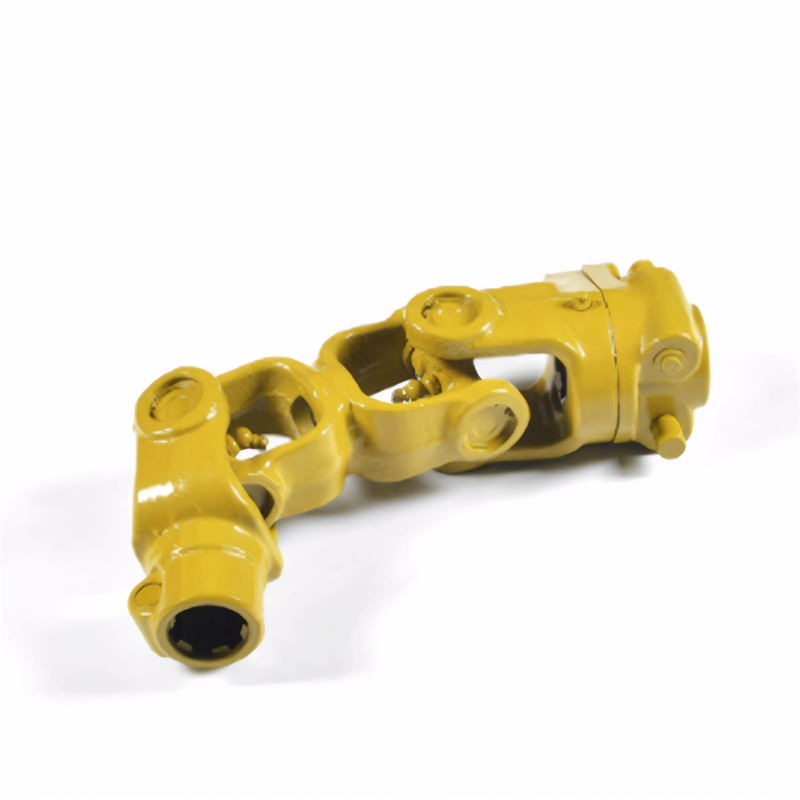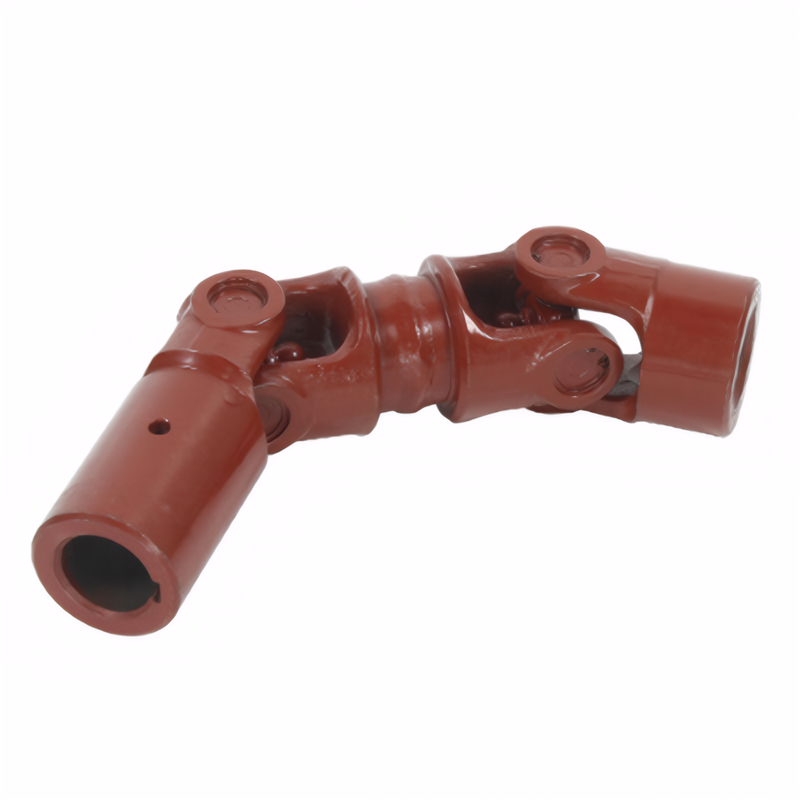Methods for improving the transmission efficiency of drive shafts
Enhancing Transmission Efficiency in Drive Shafts: Key Strategies and Innovations
Improving the efficiency of a drive shaft is critical for optimizing mechanical power transfer, reducing energy loss, and extending component lifespan. Below are actionable methods to achieve these goals, focusing on material selection, design optimization, and maintenance practices.
Advanced Material Selection for Reduced Friction and Wear
The choice of materials directly impacts a drive shaft’s ability to transmit power without significant losses. High-strength alloys, such as chromium-molybdenum steel, are commonly used due to their excellent fatigue resistance and durability. These materials minimize deformation under heavy loads, ensuring consistent torque transfer. Additionally, composite materials like carbon fiber offer a lightweight alternative that reduces rotational inertia, enabling faster acceleration and deceleration. When paired with low-friction coatings, such as diamond-like carbon (DLC) or ceramic layers, these materials further decrease energy dissipation caused by surface interactions.
Precision Engineering for Balanced Performance
Achieving optimal balance in a drive shaft is essential for minimizing vibrations and energy waste. Imbalances can lead to excessive heat generation, premature wear, and reduced efficiency. Computer-aided design (CAD) tools allow engineers to simulate stress distribution and identify potential weak points before manufacturing. Dynamic balancing techniques, such as adding counterweights or adjusting the shaft’s geometry, ensure smooth rotation even at high speeds. Furthermore, incorporating flexible couplings or universal joints can accommodate misalignment between connected components, preventing binding and power loss.
Optimized Lubrication and Thermal Management
Proper lubrication reduces friction between moving parts, which is a primary source of inefficiency in drive shafts. Synthetic lubricants with high-temperature stability are ideal for applications involving extreme operating conditions, as they maintain viscosity and prevent breakdown over time. Some designs integrate self-lubricating bearings or bushings to ensure consistent oil flow without manual intervention. Thermal management is equally important; overheating can degrade lubricants and cause material expansion, leading to misalignment. Heat-resistant seals and cooling fins help dissipate excess heat, preserving efficiency under prolonged use.
Regular Maintenance to Sustain Peak Efficiency
Even the most advanced drive shafts require routine maintenance to operate efficiently. Periodic inspections for wear, corrosion, or damage can identify issues before they escalate into costly failures. Replacing worn universal joints or CV joints prevents power loss due to loose connections. Alignment checks ensure the shaft remains centered within its housing, reducing unnecessary strain on supporting components. Additionally, cleaning the shaft and its surroundings prevents debris accumulation, which can disrupt smooth rotation and increase friction.
By integrating these strategies—from material science to proactive maintenance—engineers and operators can significantly enhance the performance and longevity of drive shafts. Each approach addresses a unique aspect of efficiency, ensuring comprehensive improvements across diverse applications.
 Accuracy requirements for the
Accuracy requirements for the
 Selection of universal joint t
Selection of universal joint t
 Standard for coaxiality error
Standard for coaxiality error
 Requirements for the surface r
Requirements for the surface r
 简体中文
简体中文 English
English
